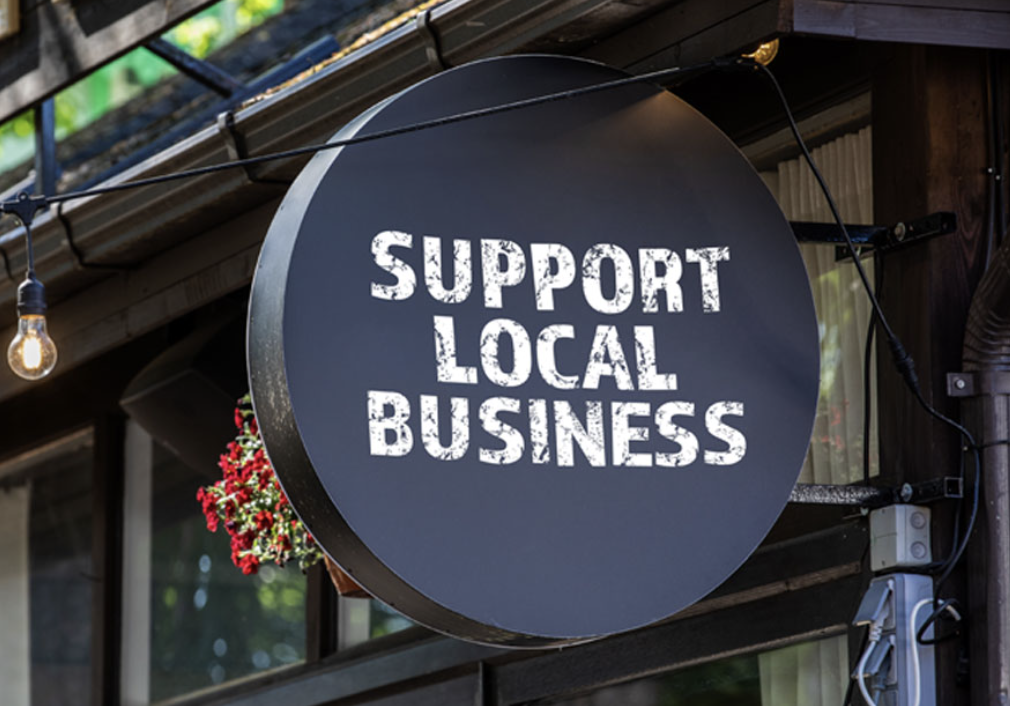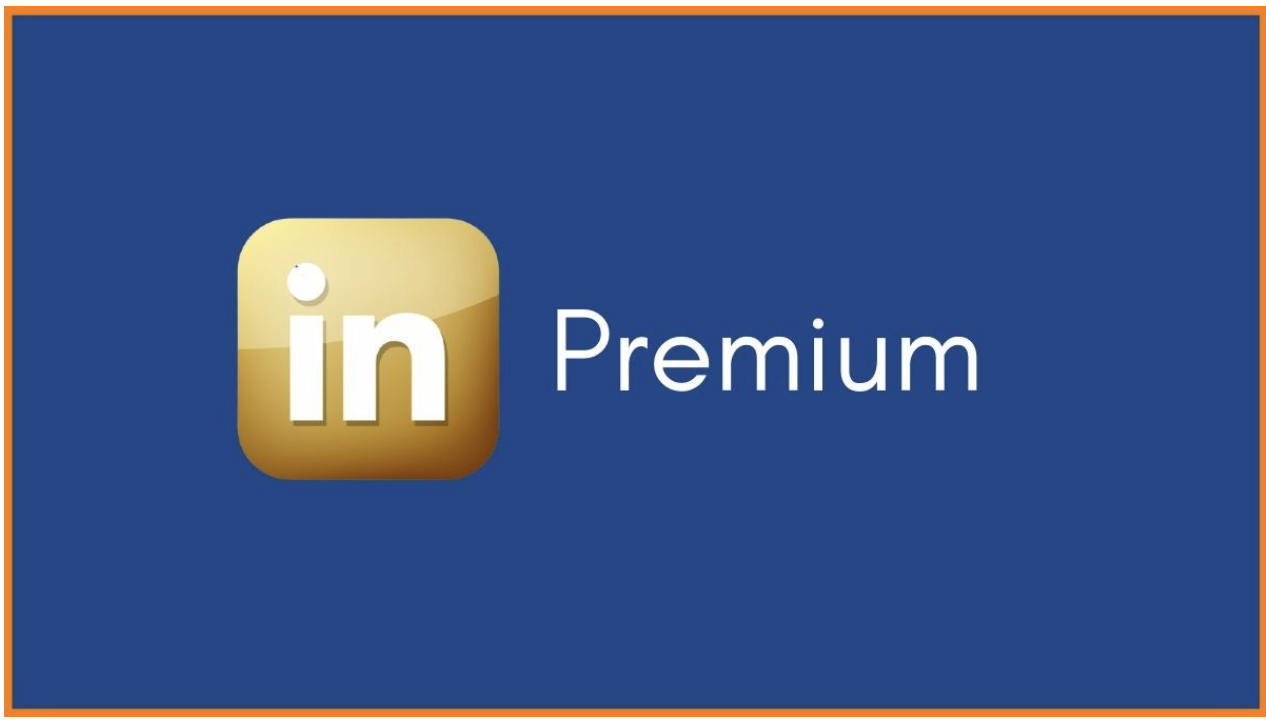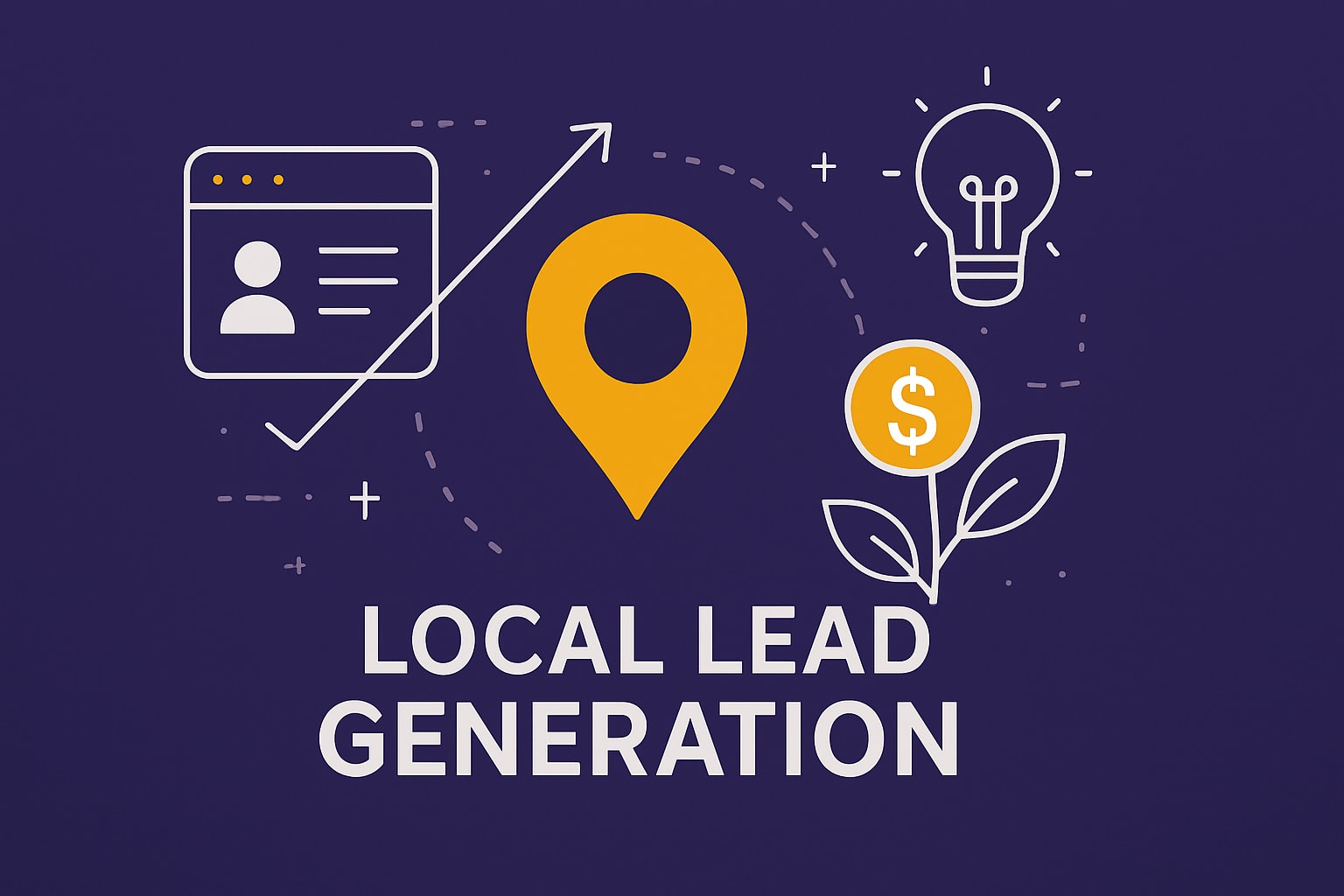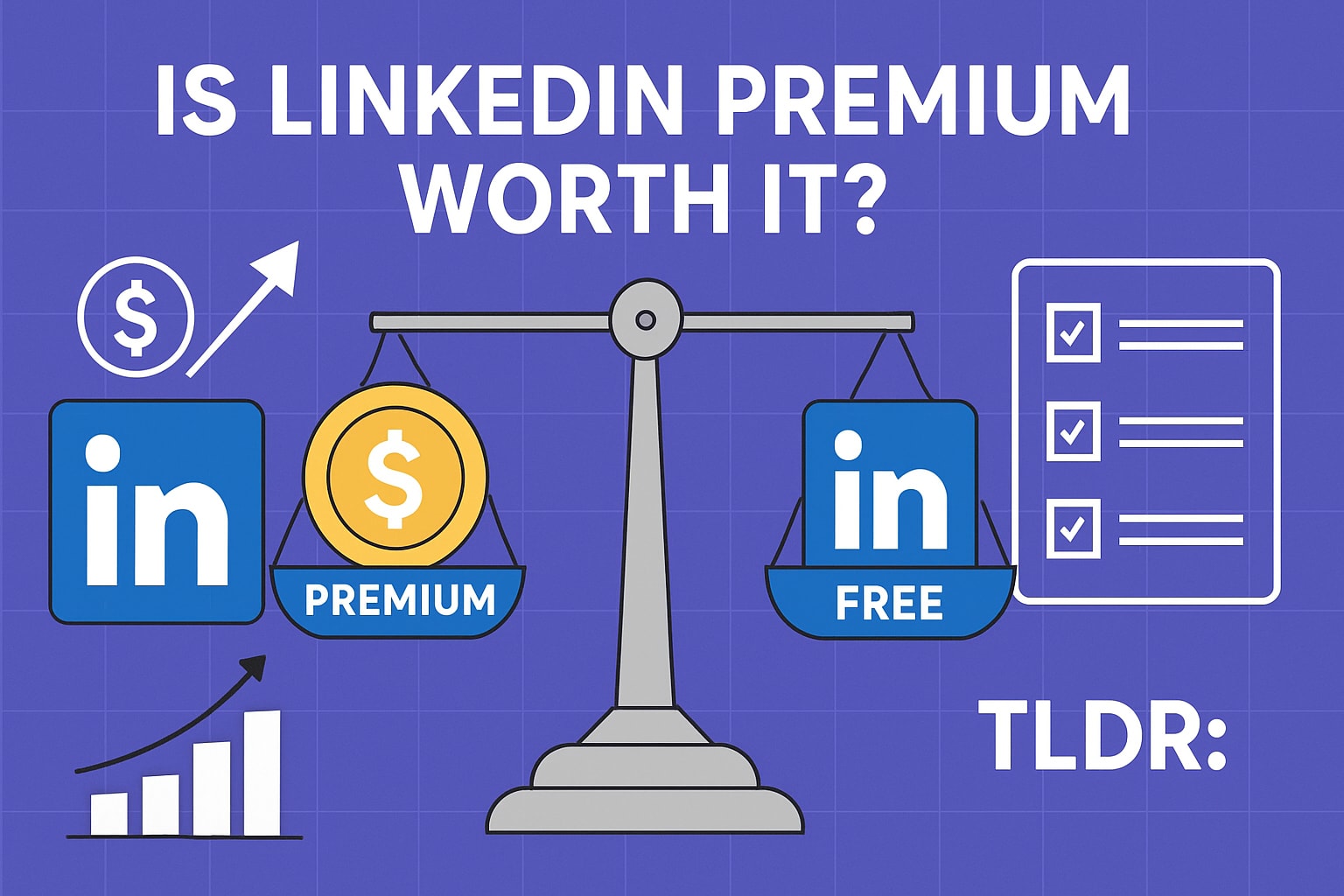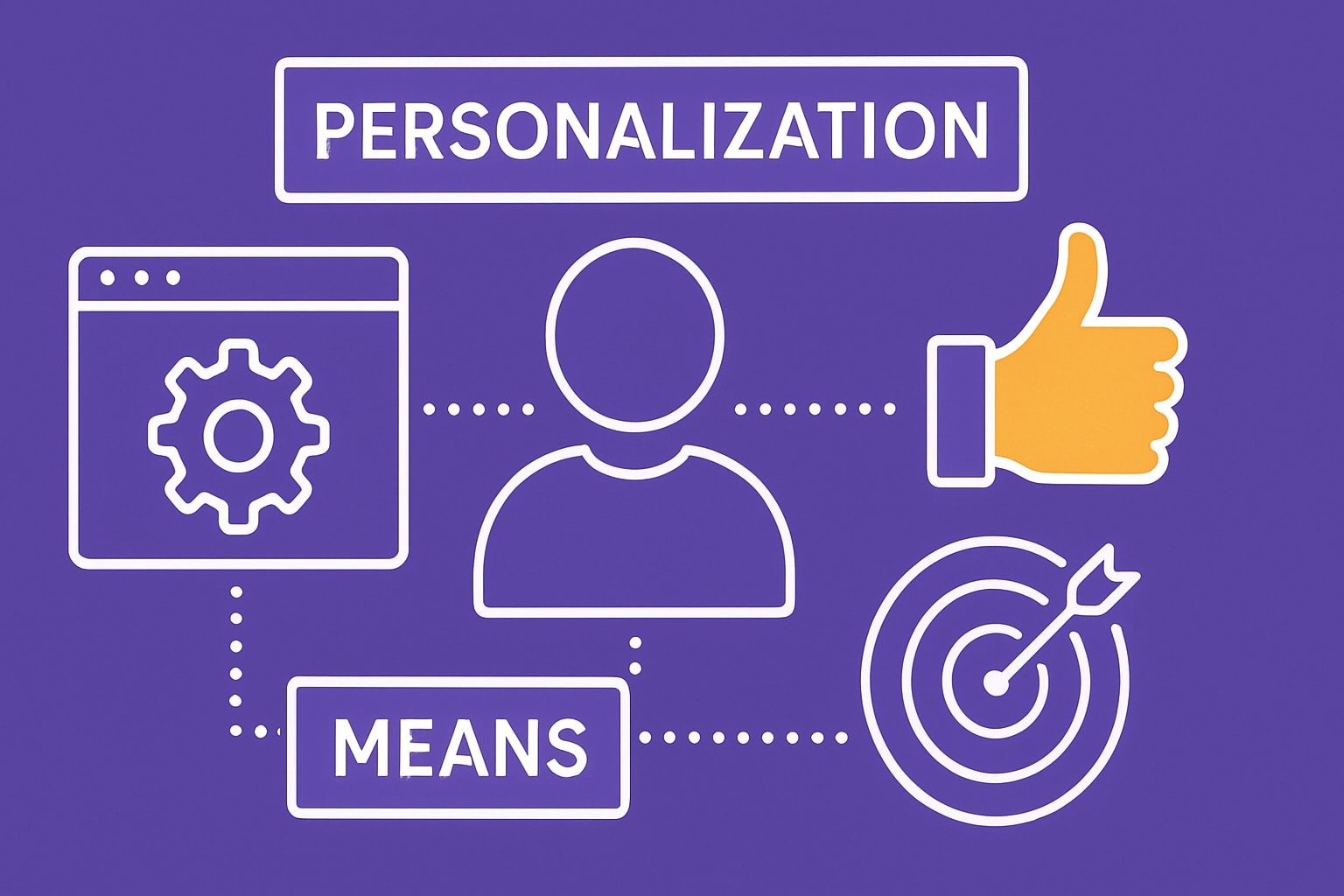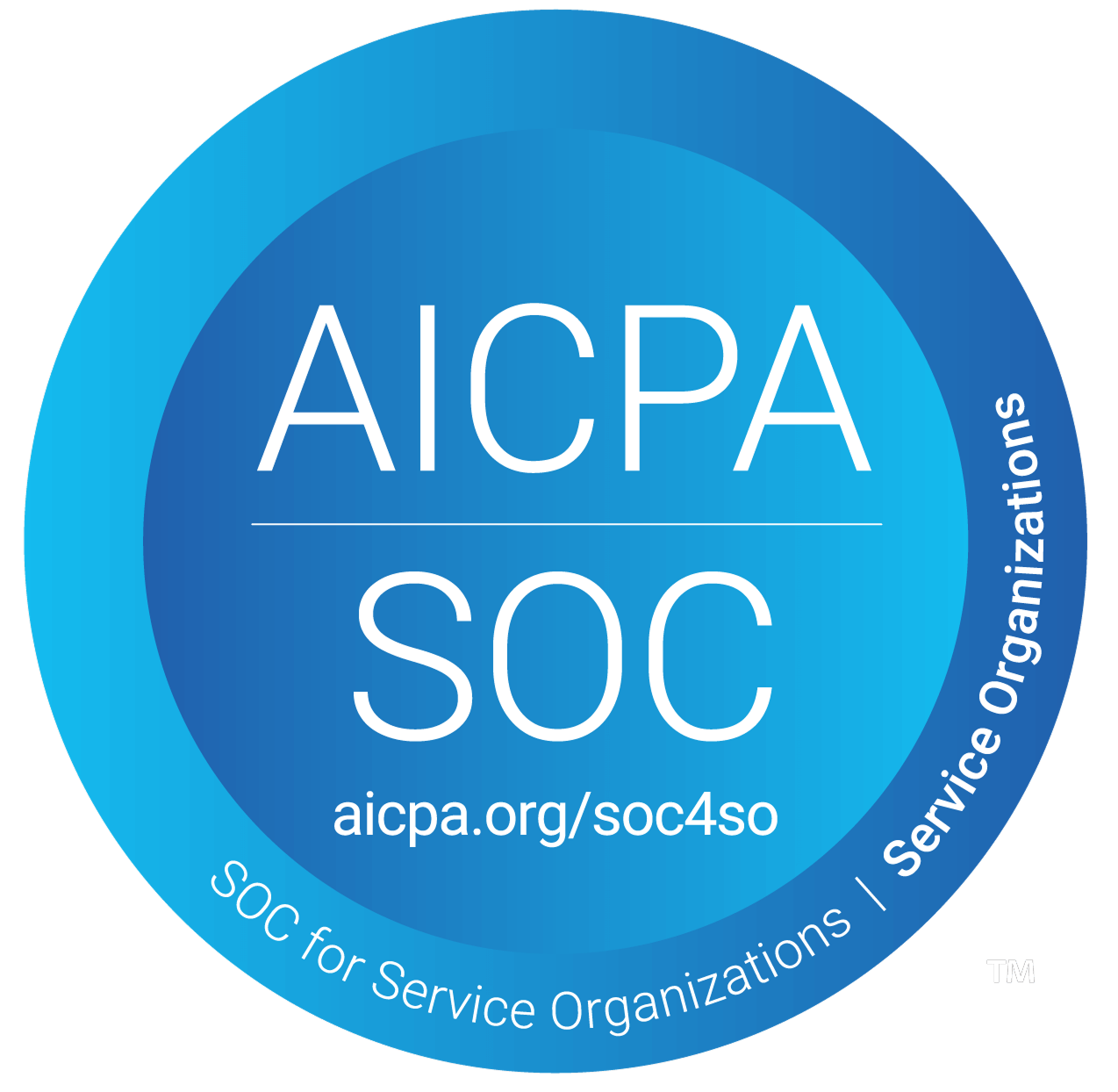More than ever people are wondering whether or not to cancel their LinkedIn Premium subscriptions. Reply rates are down and B2B outbound simply isn’t achieving the same reply-rate on LinkedIn that it once was. Let’s explore the pros and cons of LinkedIn Premium to figure out if it is right for your outbound needs.
The History of LinkedIn Premium:
LinkedIn first introduced Premium in 2005. The offering was simple; create a more powerful offering of the freemium product to boost users capacity in job searching, recruitment and crucially, outbound.
LinkedIn InMail was released as a premium service that allowed you to message users outside of your immediate network. This was groundbreaking. It was a departure from old school template-heavy emails, and tedious cold-calling. It felt more casual, and personal. Like a text message.
But overtime, the cold-outbound culture overtook the personal feel of LinkedIn DM’s. Template-style outbound messaging was pushed into DM’s, and -just like it did with email- diminished the value of the LinkedIn inbox.
The Basics: How Much Does LinkedIn Premium Cost?:
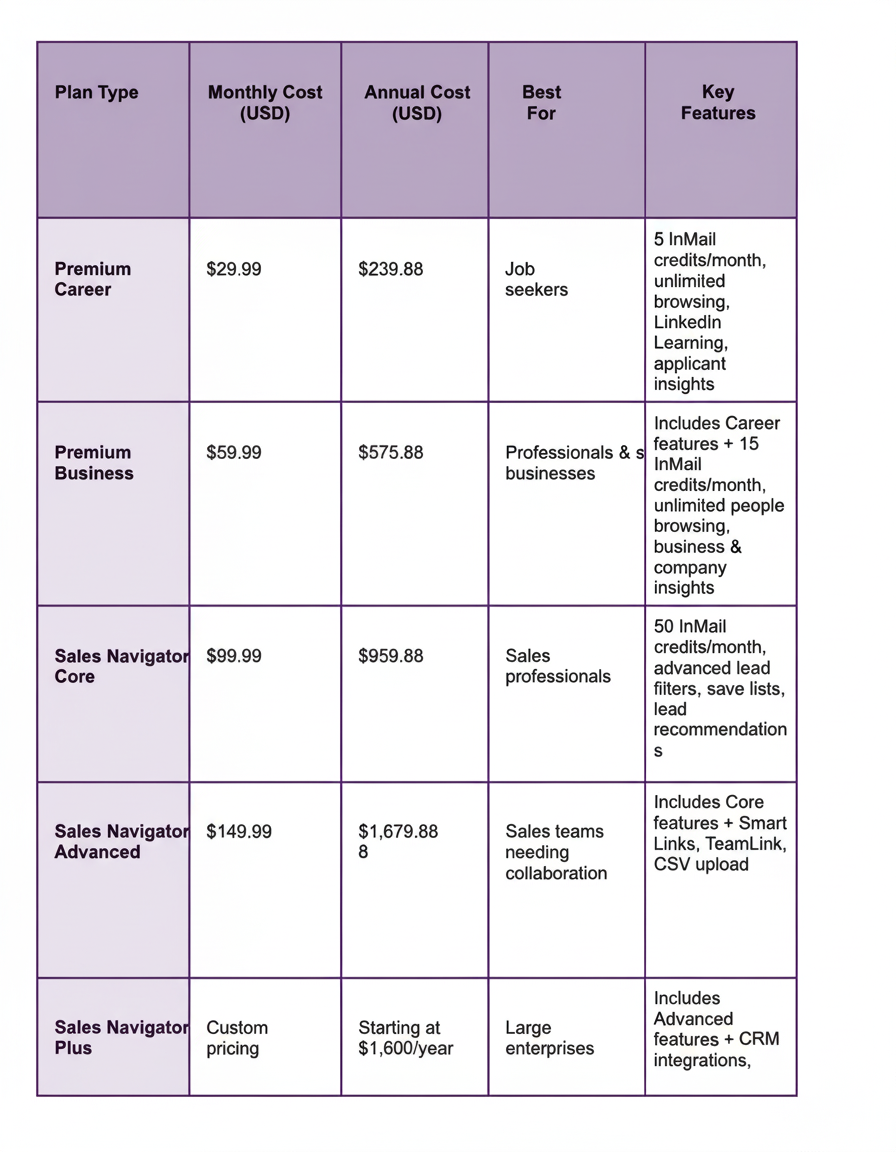
Why LinkedIn Premium May Not be Worth it
There is a growing frustration with LinkedIn premium and its limitations. The Reddit mafia is up in arms asking questions like “What’s the point of LinkedIn Premium if no one will reply to your InMails?!”
So let’s break it down.
- Cost vs Benefit
Premium subscriptions have become super expensive. Often to the tune of hundreds of dollars per year. You need to ensure that your returns are recovering that investment. If you can’t figure out a way to improve your reply rate, the subscription may be simply unjustifiable.
- InMail Limitations
InMail and over 40 advanced filters exist to help you pinpoint your prospects. But there are strict limitations: you get a set number of InMail credits per month, and unused ones don’t necessarily carry over. And InMail response rates to cold-outbound are still typically very low. Most messages get ignored, especially in the world of B2B outreach.
- Automation and Outreach
In the year of our Lord, 2025, LinkedIn Premium is still very much manual. It may help with targeting to a degree, but it still requires a lot of manual work, and limitations on outreach mean that it won’t allow you to become an outbound powerhouse.
LinkedIn Premium is Still a Powerful Sales Tool: The Benefits
That being said, LinkedIn Premium still has value to offer. It just takes a level of knowhow and savvy to maximise on its value. For example, InMail messaging allows you to message people outside of your network, and to send a connection request with a note. This opens the door, but you still need to figure out the smartest way to walk through it. You can’t simply hope to send a generic template message and expect quality-rich results.
So, What’s the Answer?
You need to superpower your outbound engine. You’ve tried LinkedIn Premium, maybe even invested in LinkedIn Sales Navigator. You’re putting hours a day into filtering for quality leads, and crafting relevant messages. And still, you’re just not getting the responses you need.
Think of a bulletproof outbound-strategy as being three-pronged:
- Targeted
- Context-driven
- Automated
1. Targeted
LinkedIn Premium groups your prospects and gives you a set of tools to target efficiently, such as Advanced Search filters (breakdown based on Location/Industry/Company Size etc). Another useful feature is “Who’s Viewed Your Profile״. This can sometimes help uncover leads and you can reach out accordingly.
2. Context-driven
In a world full of generic template-based DM’s and tiresome spam emails, finding your prospect at exactly the right moment is more important than ever before. You’ll want to know if they have just raised a new round of fundraising, or if they’ve just appeared on a podcast. Keeping track of these events is hard when you are prospecting at scale. But it is essential to not get lost in the noise of cold outbound.
3. Automated
The final piece tying together your outbound sales strategy is automation. Reaching the right prospect at the right moment is hard. Scaling this process to hundreds of leads is nearly impossible without automation. Especially if you have aspirations of scaling your outbound engine. Automated LinkedIn messaging is a powerful strategy if done intentionally.
It works if you ensure that trigger-based prospecting is central to your strategy.
One tool that powers this is Samplead’s trigger-based solution. It plugs into your LinkedIn Premium account, finds relevant prospects at the right moment (they may have just made a podcast appearance or written a relevant article) and it crafts a timely, relevant message. All that’s left is for you to approve or deny the message.
To Wrap It Up:
LinkedIn Premium is merely a set of tools. The extent of its usefulness is proportionate to how you intend to use it. The trick is to take the tool and combine it with a principled outbound marketing strategy which prioritizes trigger-based, contextual outbound sales. Combining LinkedIn Premium with an automated-outbound tool like Samplead may just be the strategy to supercharge your growth.


